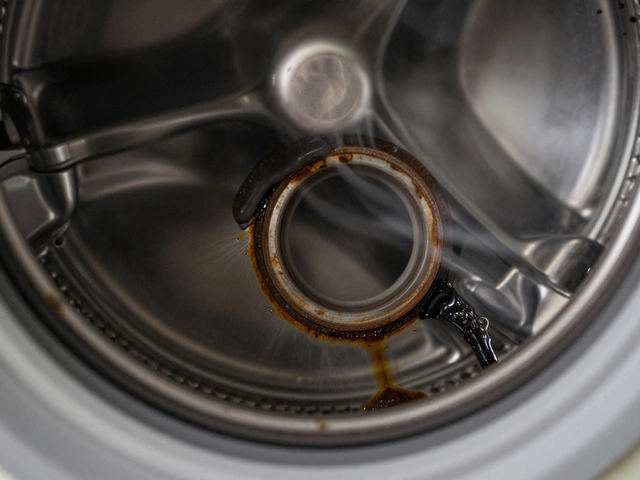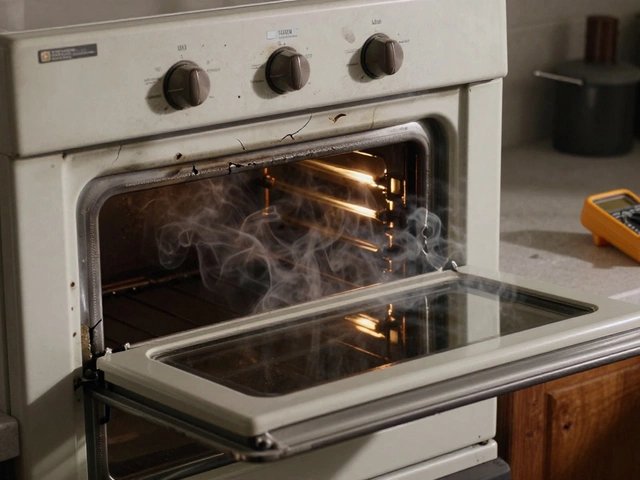Extractor Fan Electrician: When to Call, What to Expect, and Easy DIY Checks
Ever walked into a kitchen or bathroom and noticed the fan barely moving air? A lazy or dead extractor fan isn’t just annoying—it can lead to mould, lingering smells, and higher energy bills. Knowing the signs that call for an electrician can save you time, money, and a lot of frustration.
Quick DIY Checks Before Calling an Electrician
First, grab a flashlight and do a visual sweep. Look for dust buildup on the blades or inside the housing; a clogged fan can stall and overheat. If the fan spins slowly, turn it off, clean the grille, and wipe the motor fins with a dry cloth. Next, listen for humming or buzzing when you switch it on. A humming noise often means the motor is trying to run but is jammed—sometimes a simple reset will do the trick.
Check the power supply. Many extractor fans are wired to a separate switch on the wall. Flip the switch a few times; if the fan flickers or cuts out, the wiring might be loose or the switch faulty. You can also test the outlet with a voltage tester (or a cheap plug‑in tester you can buy at a hardware store). No voltage? The circuit breaker may have tripped, or there could be a wiring issue that needs a qualified electrician.
When to Call an Extractor Fan Electrician
If cleaning and basic checks don’t revive the fan, it’s time to call a professional. An electrician will safely inspect the motor, wiring, and any built‑in thermal protectors. They can also replace faulty capacitors, which are common culprits that cause the motor to stall or make a humming sound without turning the blades.
Other red flags that need a pro include:
- Burnt smells or visible scorch marks—signs of an overheating motor.
- Intermittent operation (works one day, dead the next).
- Water damage near the fan, especially in bathrooms; moisture can corrode connections.
- Older fans (10+ years) that constantly need repairs; replacement may be cheaper.
Professional repairs typically take 1‑2 hours, depending on the issue. Expect a service call fee of £30‑£50, plus parts. A new motor can run £80‑£150, while a full fan replacement (including installation) may be £200‑£300.
Maintenance Tips to Keep Your Fan Running Smoothly
Regular upkeep is the cheapest way to avoid costly electrician visits. Every three months, wipe the grille and blades to prevent grease buildup. If you have a kitchen fan, run it for a few minutes after cooking to clear steam and odors. In bathrooms, use the fan for at least 15 minutes after a shower to keep humidity low.
Consider installing a timer or humidity sensor. These devices kick the fan on automatically when moisture levels rise, reducing wear and keeping your space dry. Finally, schedule a professional check‑up every few years if your fan is hard‑wired or part of a larger ventilation system.
Bottom line: a little DIY cleaning and a quick voltage check can solve many fan issues, but don’t ignore signs of motor trouble or wiring problems. When in doubt, a qualified extractor fan electrician will diagnose and fix the problem safely, keeping your kitchen and bathroom fresh and safe.
26 July 2025
·
0 Comments
Looking to install an extractor fan? Find out who installs extractor fans, tips to pick a pro, and what you need to know before booking. Make your home safer and fresher.
Read more






